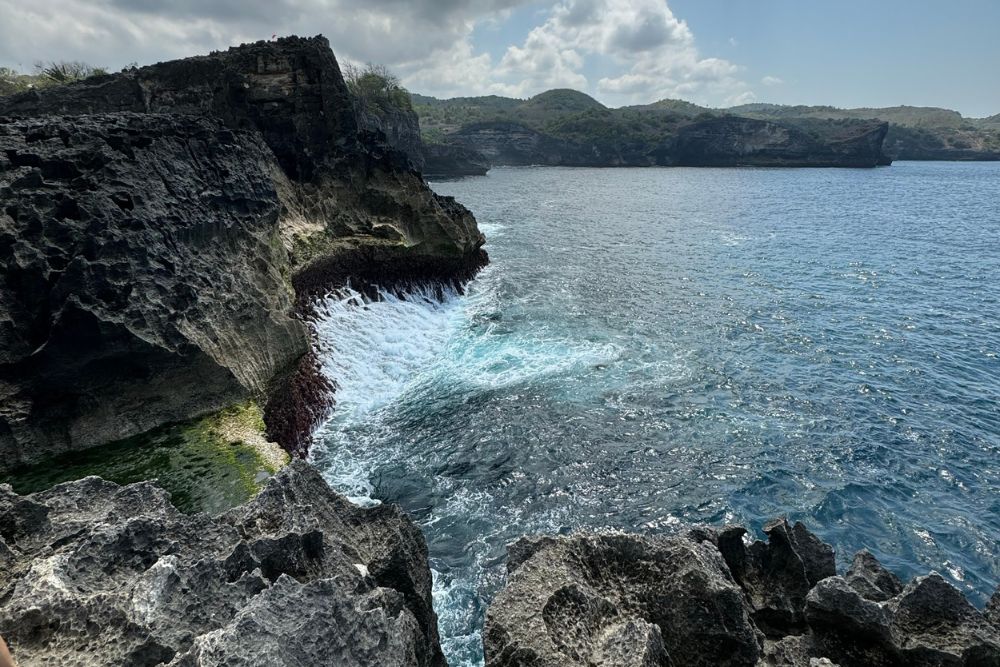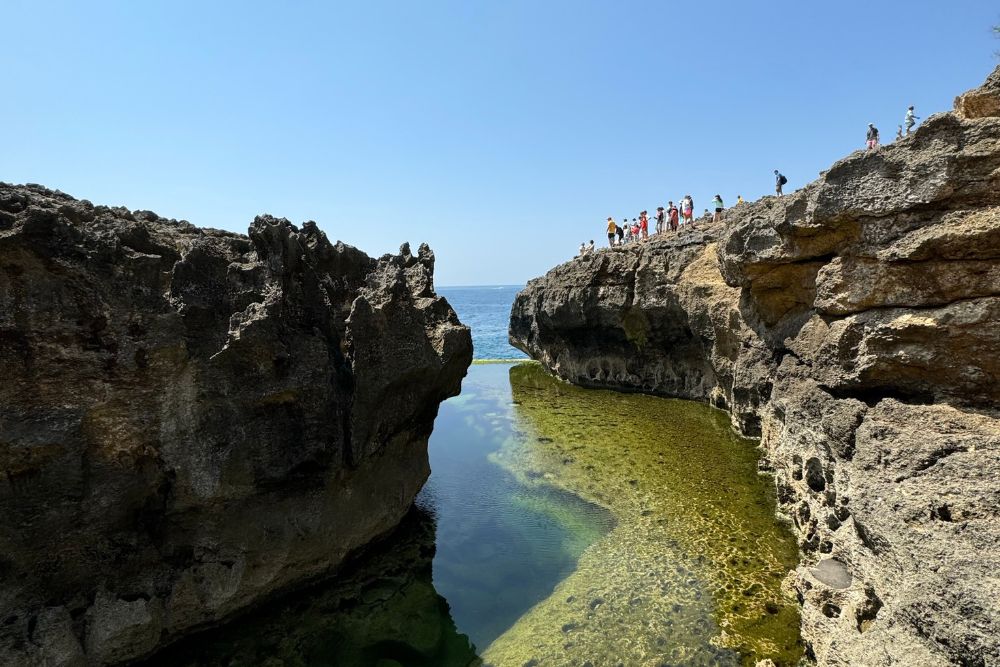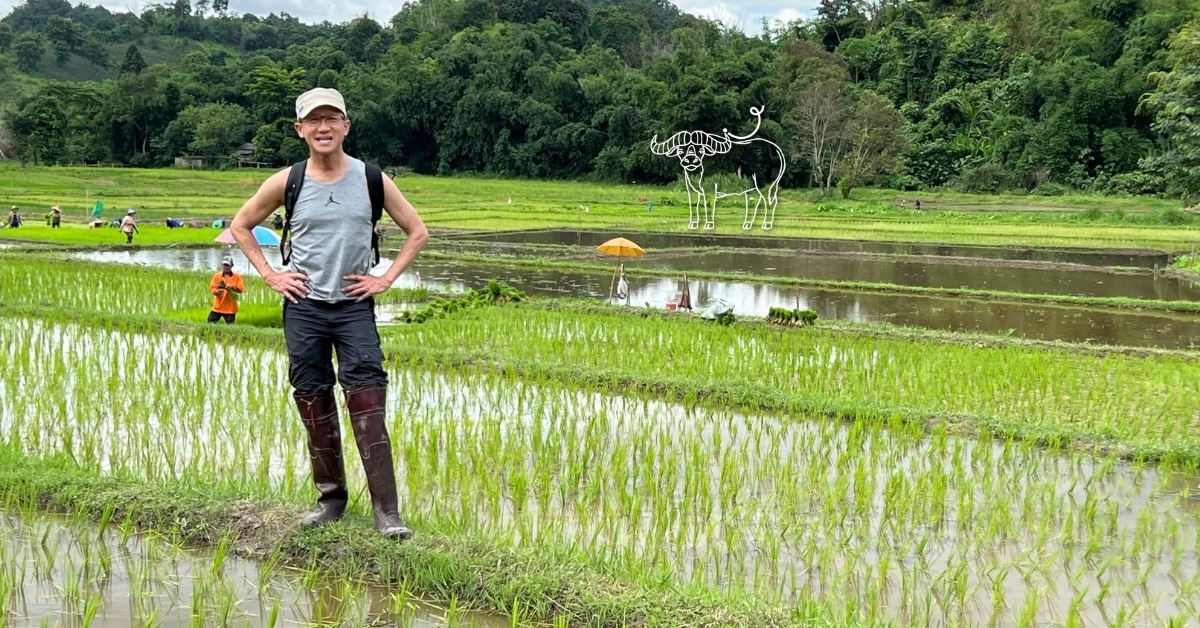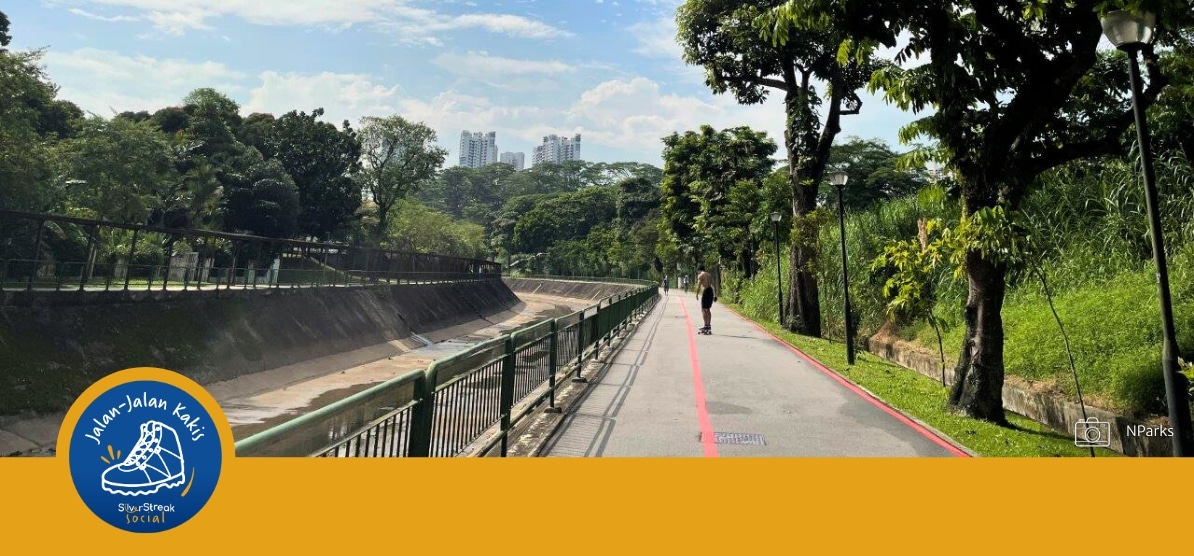
Nusa Penida takes you back to a Bali of yore; the days when Monkey Forest Road in Ubud was a dirt track, where shops shut at 5pm and stray dogs take over the streets after.
Circa 1989, except for the alluring sounds of windchimes and the occasional dog bark, the street would fall into silence once the sun has set.
Monkey Forest Road has a different bustle and hustle now. It seems the progress that has overtaken the Island of the Gods has eluded Nusa Penida — the island incidentally is part of the Klungkung Regency of Bali.
Even now, Nusa Penida’s main town of Toya Pakeh, which is the main arrival point to the island, is nowhere near the prosperity level of 1989 Ubud.
All that separates Nusa Penida from Bali is a 45-minute speed boat ride from Sanur.
Advertisement
Where before travellers had to wade into the sea to get onto boats, a harbour recently completed at Sanur now makes boarding closer to first world.
The spanking new pontoons are a stark contrast to the timber jetty at Toya Pakeh.
Speeding Across to Nusa Penida's geological wonders

The speed boat ride I took was smooth. But once on Nusa Penida, it was a quick segue to a road journey that is analogous to a choppy sea. I didn’t think I would ever get carsick until I went to Nusa Penida.
The wildly undulating roads along the contours of the hills rattled by pockmarked surfaces and frayed tarmac edges is not unlike a roller coaster ride. Have some Dramamine handy.
But this is part of the deal. Nusa Penida is, after-all, to use a slightly dated term, Bali-unplugged. You want refined court culture or electronic dance music, you stay in Bali.

You go to Nusa Penida for geotourism, to marvel at the dramatic limestone coastlines that have been washed away over geological time.
The poster child of the Nusa Penida’s geological wonders has to be Kelingking Beach. Nicknamed T-Rex because it resembles the shape of one, this bit of pareidolia is particularly apt because the peninsula is ancient, awesome and dangerous.
That it is so photogenic has since made it Instagram gold. There’s a particular tree that bears testament to that.
It has been bent out of shape, thanks to instagrammers climbing onto one of its skinny branches to get arguably the best high angle shot. Most tourists culminate their journey around this tree.
There’s a beach but it involves a gruelling descent, not to mention the even more painful ascent; and waves on the beach have reportedly taken lives.
If climbing Kelingking is too arduous for the less-strong-of-knees, there’s Diamond Beach on the eastern part of the island. It may not be as geologically iconic as Kelingking Beach but it has a more reasonable descent and ascent.
Exploring nature’s abundance
There’s enough to do in Nusa Penida. You could go snorkelling with manta rays, swim in one of the many beautiful bays (Crystal Bay, Gamut Bay), dive…but really, the point of going to Nusa Penida is to witness the foreboding cliffs along the coast.

The deep dark craggy faces of the cliffs, incessantly lashed by frighteningly fierce waves depict a primordial presence so violent, it unleashes the sublime.

It’s nature’s violence depicted as is, unedited; and nowhere is this more so than at Angel’s Billabong.
Described as nature’s infinity pool, Angel’s Billabong is one that you won’t want to be caught in when a particularly huge wave crashes in.
It’ll take everything with it into the Indian Ocean. And it is exactly this danger that draws instagrammers.
There and at Kelingking Beach, you’ll witness risks being taken for that perfect shot where a missed footing means a massive plummet.

Twinned with Angel’s Billabong is the equally iconic Broken Beach which is not really a beach but a sea arch opening into an inaccessible lagoon.

Nusa Penida showcases Kelingking Beach, Angel’s Billabong, Broken Beach and its other geological wonders raw.
There is no cultural interpretation. You will not find interventions such as Tanah Lot where a delicate temple is poised amid the violence of the natural forces surrounding it.
The island of Nusa Penida does not offer culture the way mainland Bali does. There’s no story of binary, duality and the eternal struggle between good and evil told through art and architecture that behoves one to take the high road.

The lack of human stories also means that the island is unspoilt. Each day I was there, I experienced the spectacular colours of the setting sun streaked by hundreds of starlings darting in the evening sky. A golden sunset is more or less a given In Bali.
It’s the smell of wood fire, the cool evening breezes, the trees that stretch as far as the eye can see losing their bright green as the light fades; all the multi-sensorial factors that return everything to a sweet silence where solitude can be relished.
Nusa Penida offers what Bali is slowly losing and what it was once able to offer — isolation of the gentle kind.






